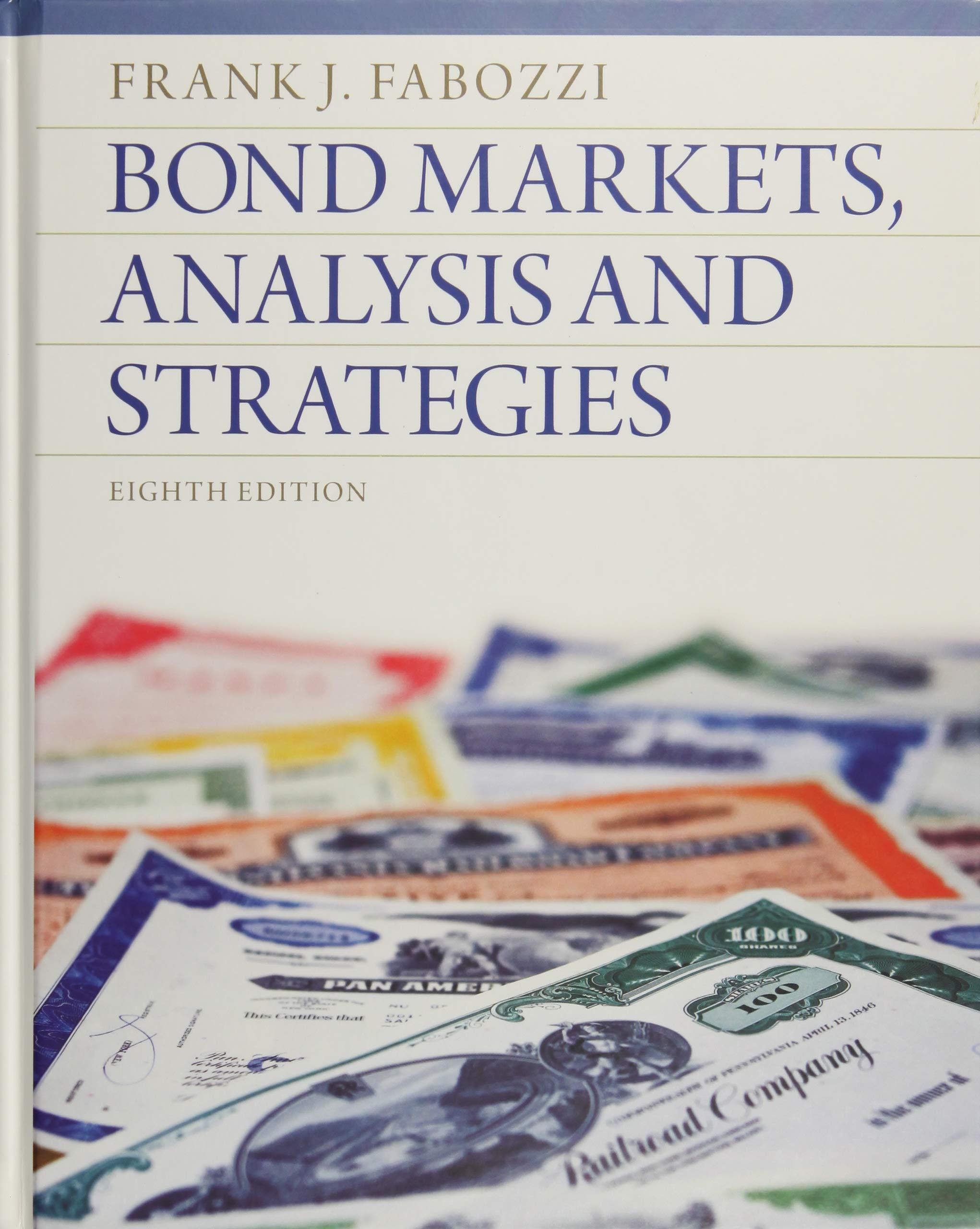The following excerpt is taken from an article titled Fidelity Eyes $250 Million Move into Premium PACs
Question:
The following excerpt is taken from an article titled “Fidelity Eyes $250 Million Move into Premium PACs and I-Os” that appeared in the January 27, 1992, issue of BondWeek , pp. 1 and 21:
Three Fidelity investment mortgage funds are considering investing this quarter a total of $250 million in premium planned amortization classes of collateralized mortgage obligations and some interestonly strips, said Jim Wolfson, portfolio manager. . . . Wolfson . . . will look mainly at PACs backed by 9–10% Federal Home Loan Mortgage Corp. and Federal National Mortgage Association pass-throughs. These have higher option-adjusted spreads than regular agency pass-throughs, or similar premium Government National Mortgage Association-backed, PACs, he said. He expects I-Os will start to perform better as prepayments start to slow later in this quarter.
The higher yields on I-Os and premium PACs compensate for their higher prepayment risk, said Wolfson. “You get paid in yield to take on negative convexity,”
he said. He does not feel prepayments will accelerate. . . .
a. Why would premium PACs and interest-only strips offer higher yields if the market expects that prepayments will accelerate or are highly uncertain?
b. What does Wolfson mean when he says: “You get paid in yield to take on negative convexity”?
c. What measure is Wolfson using to assess the risks associated with prepayments?
Step by Step Answer:






